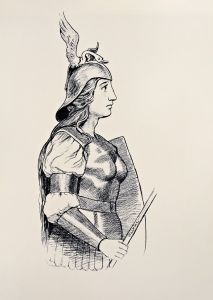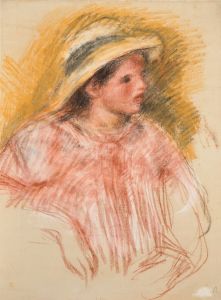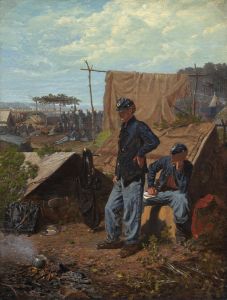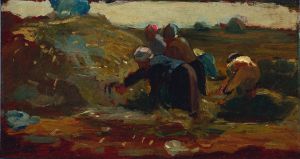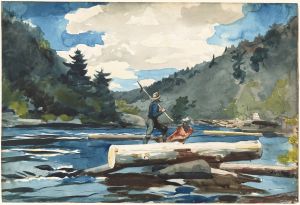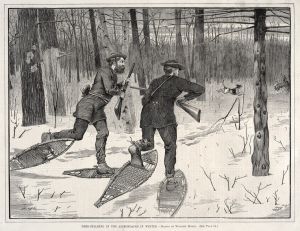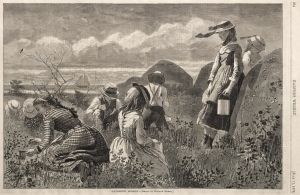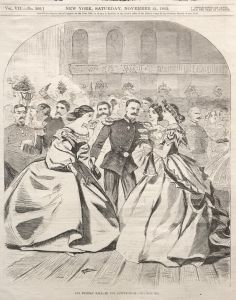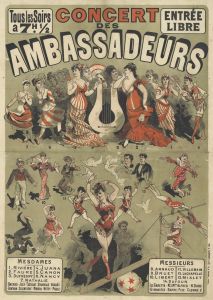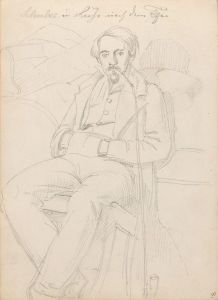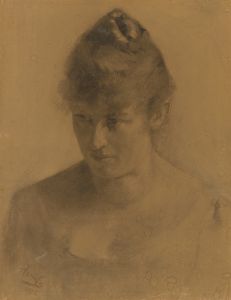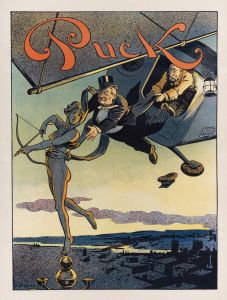
William E. Burton, Esq., Comedian
A hand-painted replica of Winslow Homer’s masterpiece William E. Burton, Esq., Comedian, meticulously crafted by professional artists to capture the true essence of the original. Each piece is created with museum-quality canvas and rare mineral pigments, carefully painted by experienced artists with delicate brushstrokes and rich, layered colors to perfectly recreate the texture of the original artwork. Unlike machine-printed reproductions, this hand-painted version brings the painting to life, infused with the artist’s emotions and skill in every stroke. Whether for personal collection or home decoration, it instantly elevates the artistic atmosphere of any space.
"William E. Burton, Esq., Comedian" is an oil painting created by the American artist Winslow Homer in 1875. This work is a portrait of the well-known 19th-century actor and comedian William Evans Burton. Burton was a prominent figure in the American theater scene, particularly known for his comedic roles and his contributions to the development of American theater.
Winslow Homer, born in 1836, is considered one of the foremost painters in American art history. He began his career as a commercial illustrator before transitioning to painting. Homer's works are celebrated for their depiction of American life and landscapes, and he is particularly noted for his mastery of light and shadow.
The painting "William E. Burton, Esq., Comedian" captures Burton in a thoughtful pose, which contrasts with his reputation as a comedian. This portrayal suggests a depth to Burton's character beyond his public persona. Homer's use of light in the painting highlights Burton's face, drawing attention to his expression and giving the viewer a sense of his personality.
The artwork is significant not only for its artistic qualities but also for its historical context. During the 19th century, portraiture was a popular genre, and many artists were commissioned to create likenesses of notable individuals. Homer's decision to paint Burton reflects the actor's prominence and the respect he commanded in the cultural landscape of the time.
Homer's technique in this painting is characteristic of his style during the mid-1870s. He employs a realistic approach, with careful attention to detail and a focus on capturing the essence of his subject. The background of the painting is relatively simple, ensuring that the viewer's attention remains on Burton.
"William E. Burton, Esq., Comedian" is part of the collection at the National Gallery of Art in Washington, D.C. The painting is an excellent example of Homer's portrait work and provides insight into the artist's ability to convey character and emotion through his subjects.
In summary, "William E. Burton, Esq., Comedian" by Winslow Homer is a notable portrait of a significant figure in American theater. The painting exemplifies Homer's skill in portraiture and his ability to capture the essence of his subjects. It remains an important piece within the context of American art history and continues to be appreciated for its artistic and historical value.





